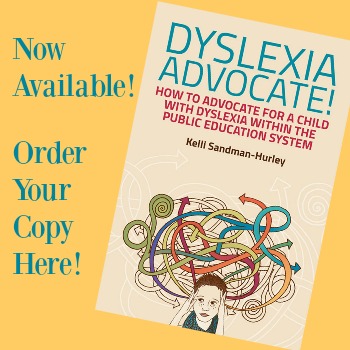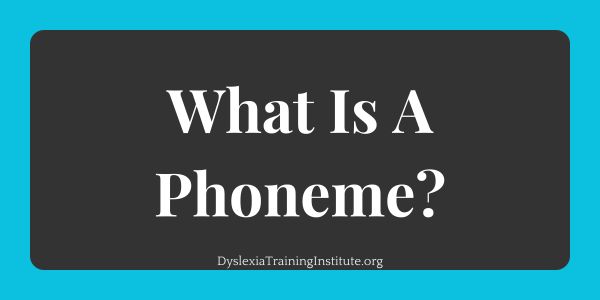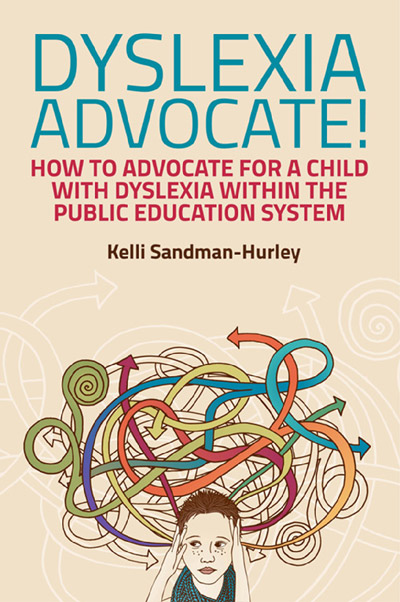
Do you feel that? That’s the tides turning. That’s minds shifting. That is what a true understanding of the English writing system will do, it will shift the way we teach our kids, because it shifts the way we, as educators and scholars, understand our own language. And I am not just talking about kids with dyslexia, I am talking about all kids. Because there’s a new, but not-so-new to linguists, game in town and it’s the truth about the English language, and it ain’t written syllables baby.
Morphological Awareness
In my book, Dyslexia Advocate, I talk about morphological awareness, and in the new issue of the IDA Perspectives there is an article by Marcia Henry about morphological awareness – and it’s on the cover. Linguists have talked about it for decades, the education world turned a blind eye, until now. It’s morphological awareness, with equal parts etymological and phonological awareness, in that order.
In my book, Dyslexia Advocate, I listed morphological awareness and schwa awareness as goals. And yes, I do expect those who teach our students to read and spell to know how to teach morphology, etymology and phonology, with the schwa included. Now we can’t turn away because we know better.
The International Dyslexia Association (IDA) thought it was important enough to put on the cover of their latest publication. We at DTI think it is important enough to host a conference where the instructional workshops are almost entirely about Structured Word Inquiry (SWI). I totally get that it is very difficult and uncomfortable when presented with information that summarily disproves everything we thought we knew up to that point. I understand that it is hard to part with all the years and years of training we completed. But I also understand that this is all part of being a scholar.
We do the best we can with the information we have at the time. And if you are committed to teaching the truth about the English writing system, then it’s time to take the blinders off and take a look at what the big wigs, like Marcia Henry, are talking about – you will never be able to unsee it.






Hey, that’s quite interesting. Have you come across any studies linking dyslexia prevalence to languages having perhaps a different structure of morphemes? Chinese I guess and I was thinking of hindi, as it seems to put a lot of stress on how to build words from single stems etc. – at least this is what sanskrit once was.
I guess there might be significant issues with diagnoses in India for instance.
Anywaay, will keep redaing this!